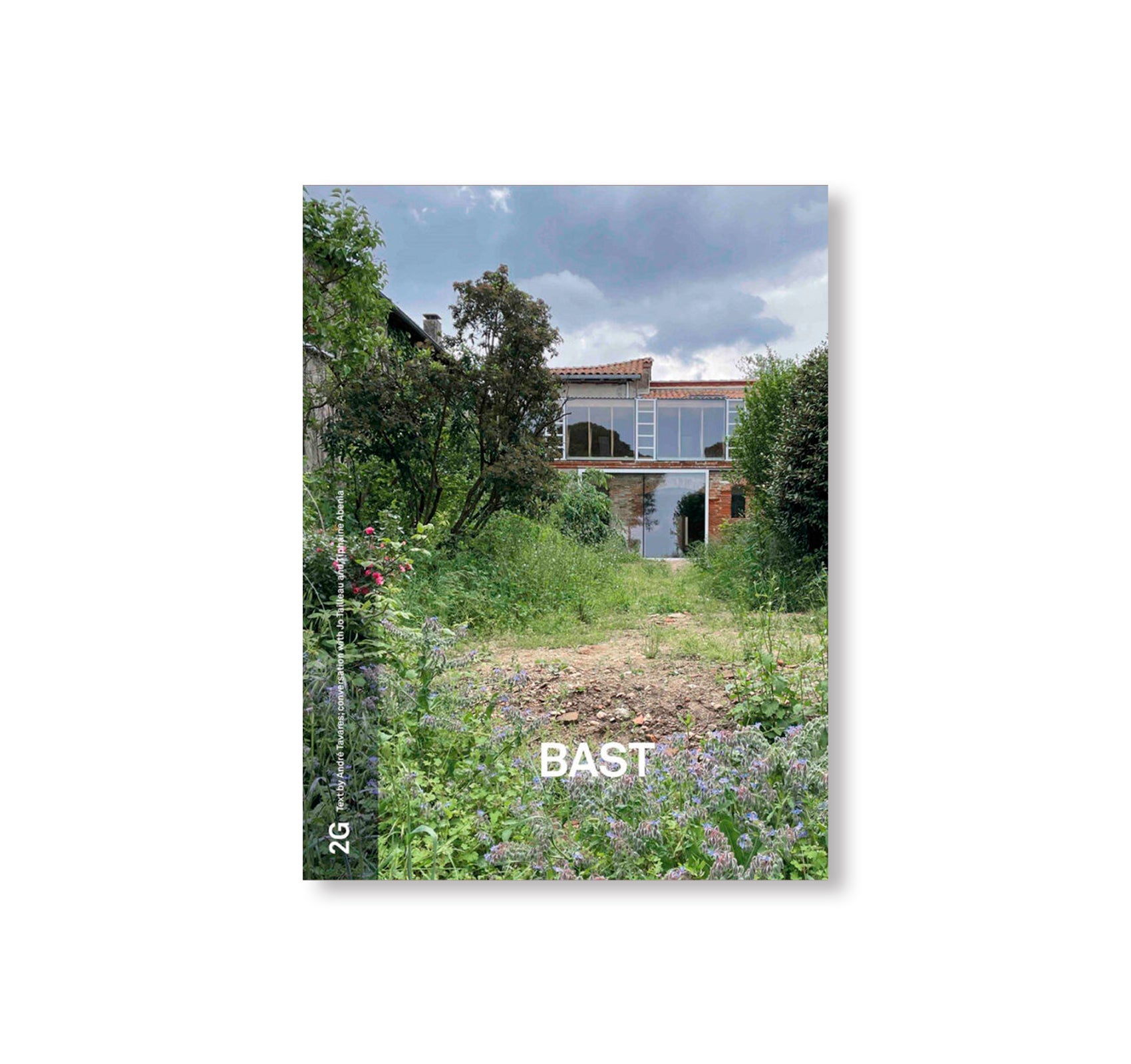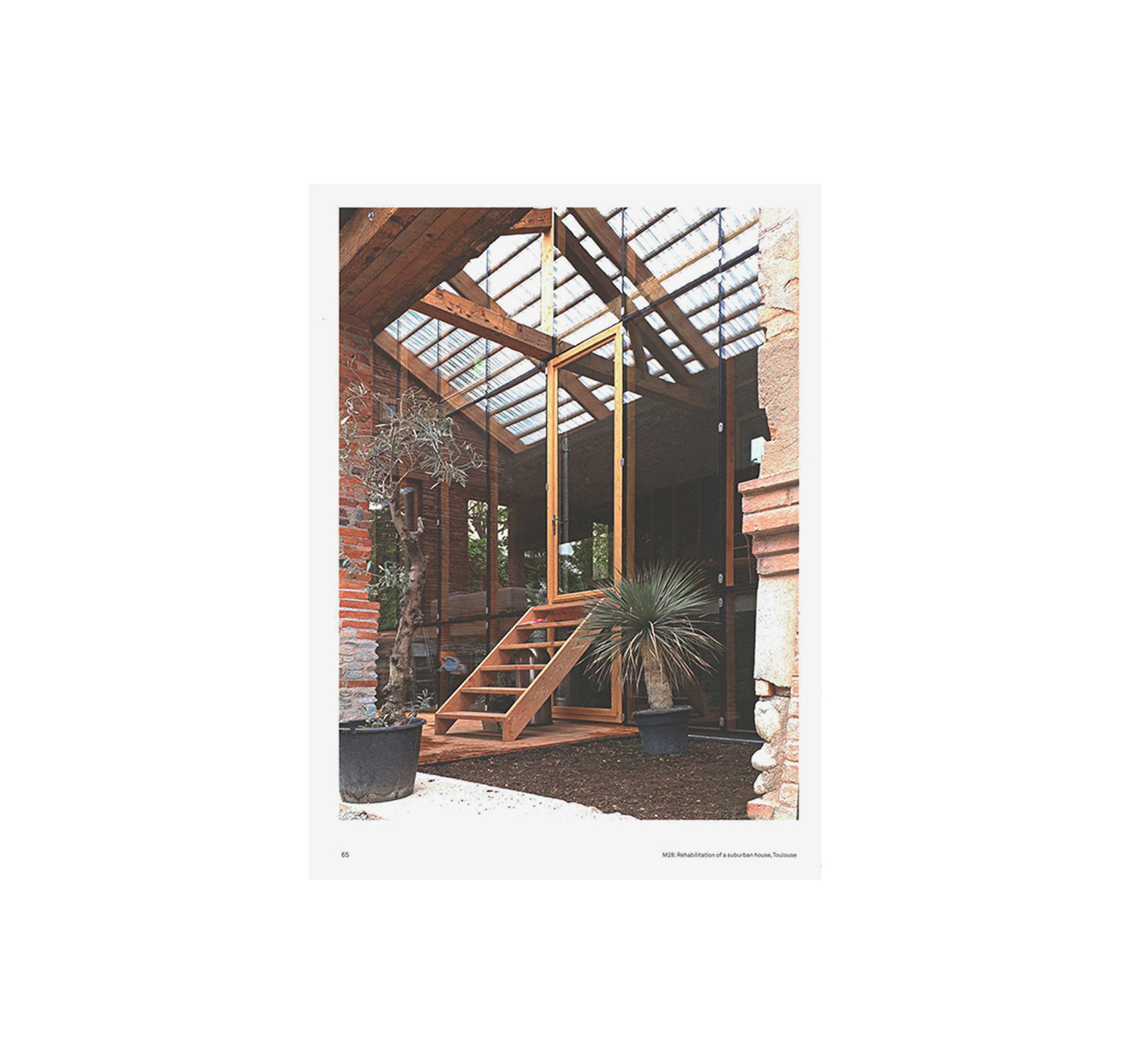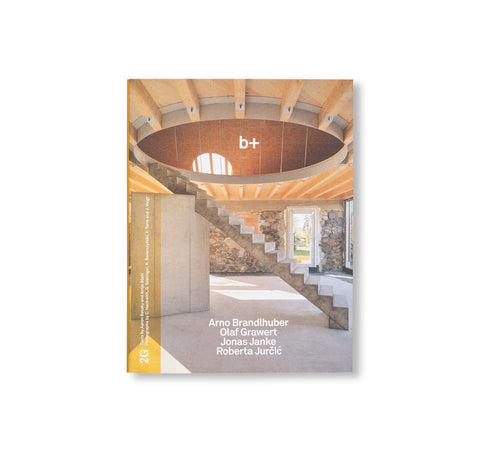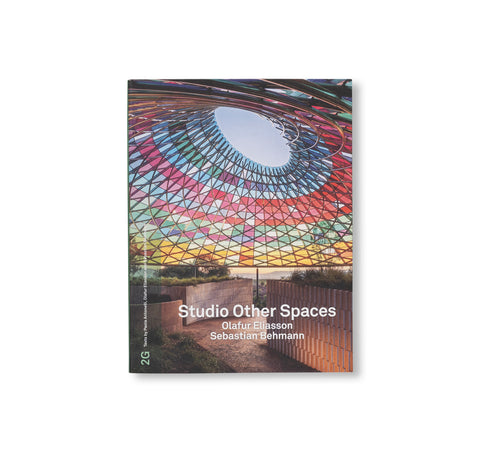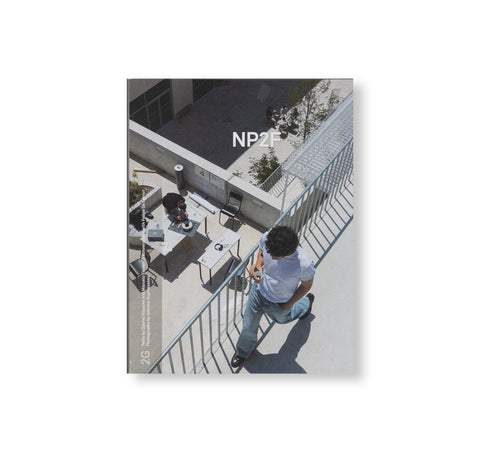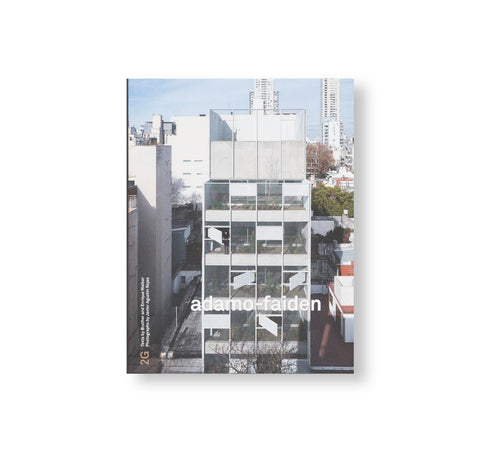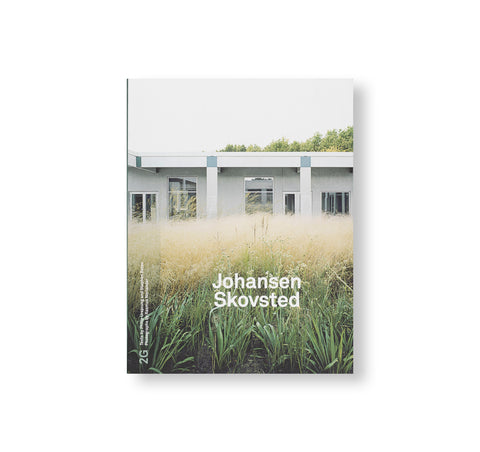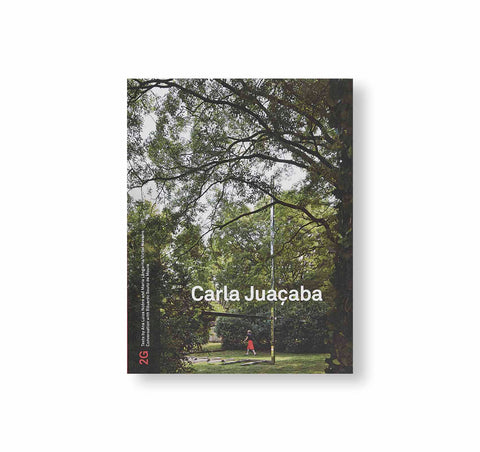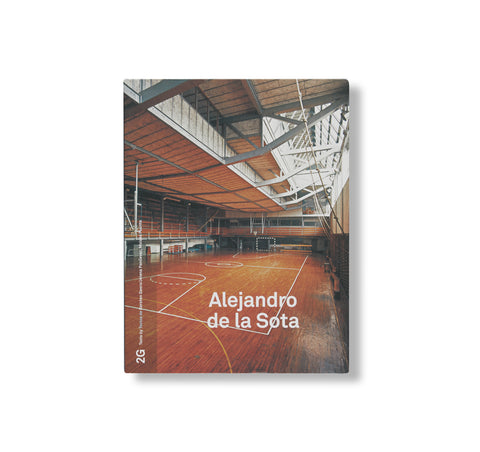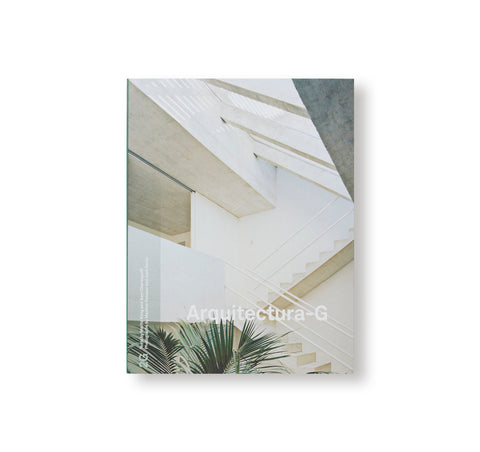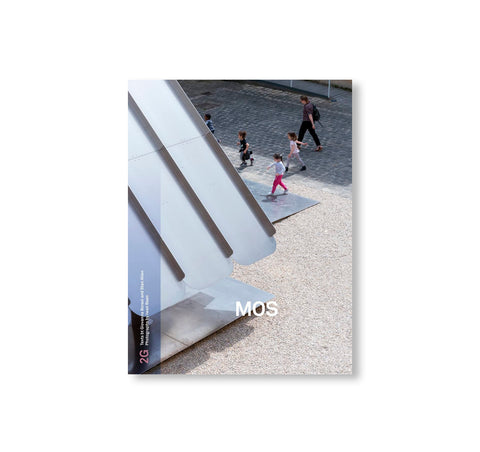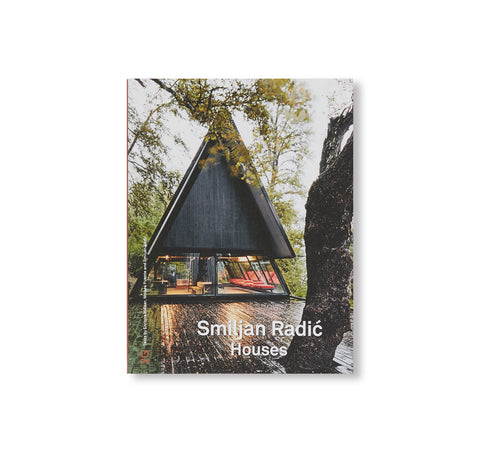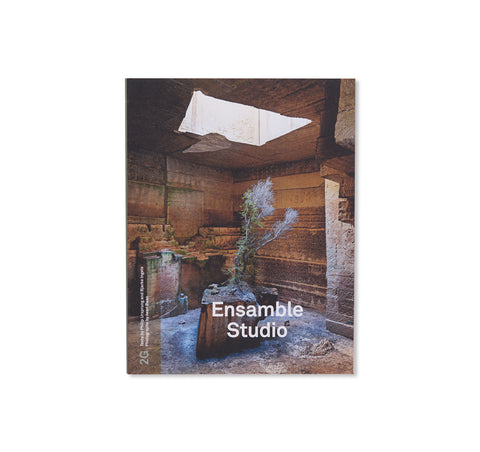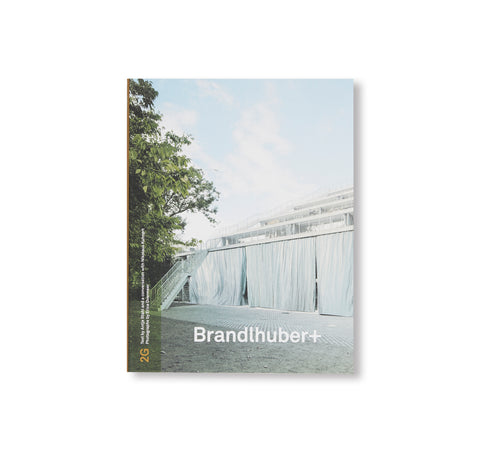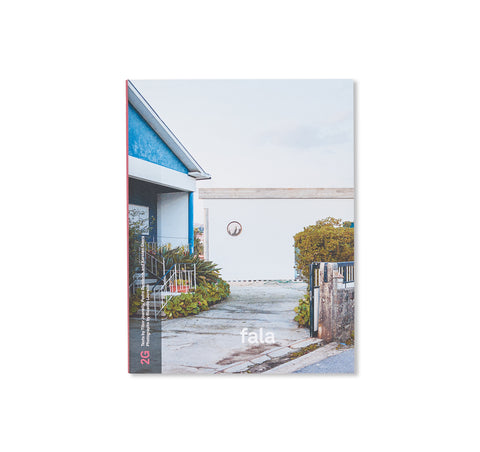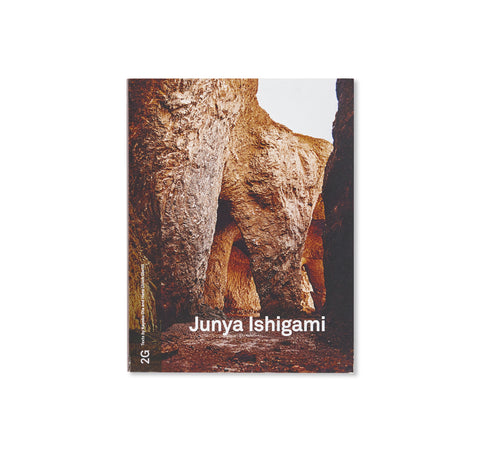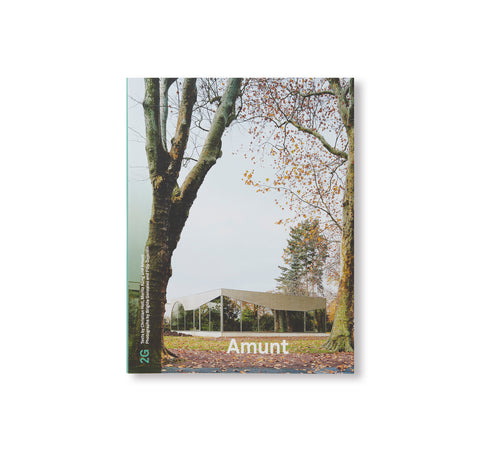2G No. 89 BAST
スペイン発の建築雑誌「2G Magazine」第89号。本号では、フランス・トゥルーズを拠点に活動する建築スタジオ「Bureau Architectures Sans Titre(通称:BAST)」を特集。各プロジェクトが持つ多様な可能性を試すために、主体的な研究姿勢をとってきた「BAST」は、デザインにおける各段階で、複数の異なる解決方法を提案する。その結果、決まりきった正規の方法には従わず、「BAST」のプロジェクトは進化的なプロセスを経る。それを見て建築家たちは、モダンなアッサンブラージュやモンタージュの思想を想起する。構造単位は、ロジック、ファサードの層、衝突する構造、断面の重ね合わせによって挑まされる。全体的なロジックは、似ているもの、何かに似ているけれども我々が期待しているものとは違うものから派生し、その要素は混ぜ合わされる。そうでなければ、建築現場はすぐに混沌に陥ってしまうからである。構造原理が論理を与え、設計順序がその要素をまとめ上げる。いったん設計方針が決まれば、窓枠がどこにあろうとなかろうと、触媒はすでにそこに完成されているのである。そして、希望に満ちた未来を見据えて、断片を組み立てていく。
BAST have taken a proactive attitude to research in order to experiment with the diverse potentialities of each project. At each step of the design phase, they propose multiple different solutions. As a result, they do not follow a set formal method; instead, their projects go through an evolutionary process. BAST’s architecture practice is located in Toulouse, France. The architects recall ideas of modern assemblage and montage: the structural unit is challenged by the superposition of logics, façade layers, colliding structures, sections. The overall logic derives from resemblances, things that look like something else, but are not exactly what we expect. These elements are mixed together. Controlling the resulting combination requires a very clear idea, because otherwise the building site can soon descend into chaos. The structural principle provides the logic, and the design sequence drives together these elements. Once the design principle has been defined, regardless of whether the window frame is here or there, the catalyst is already in place. The fragments can then be assembled with an eye to a promising future.
